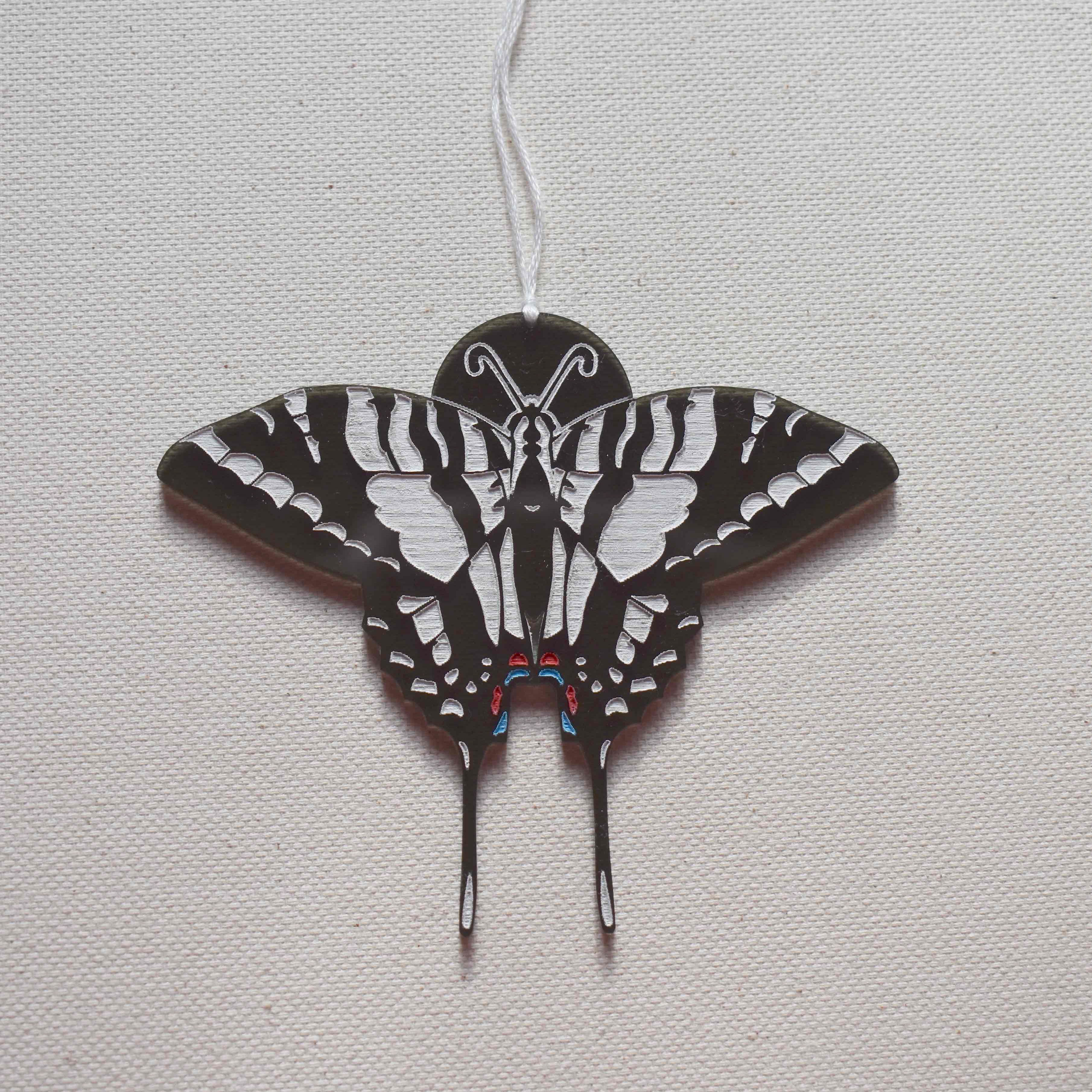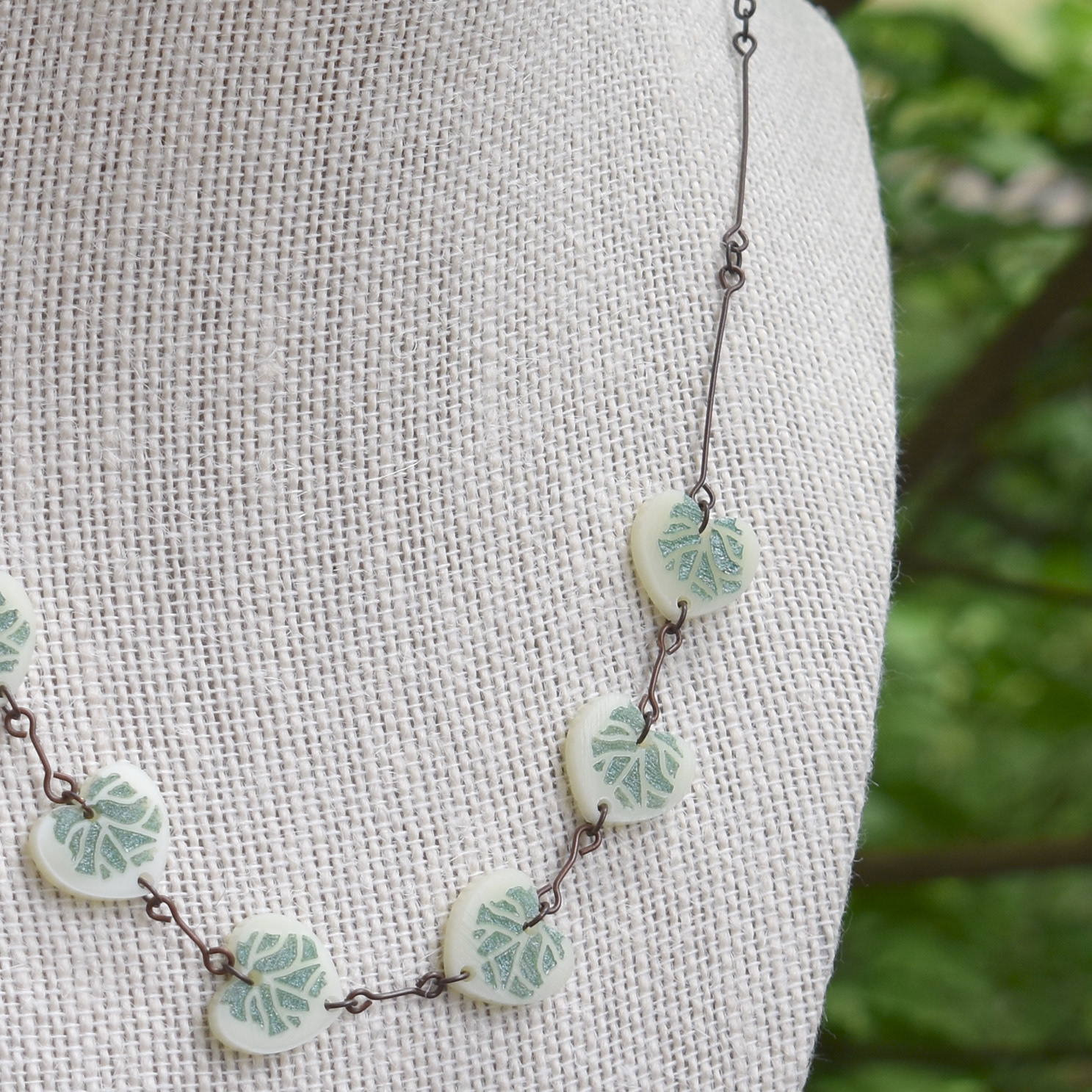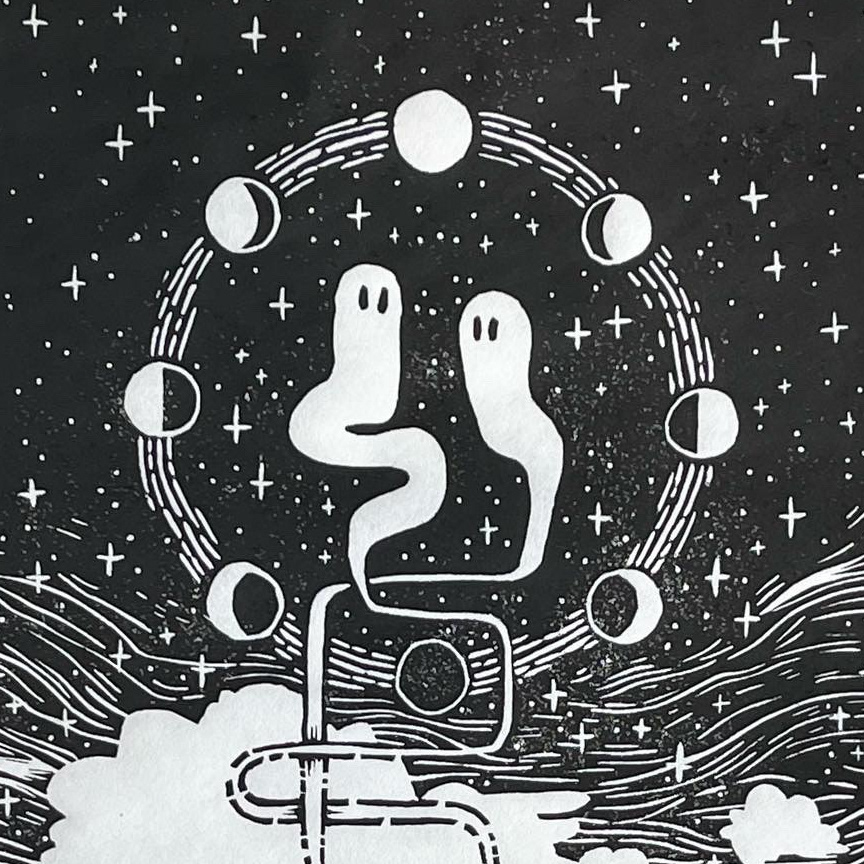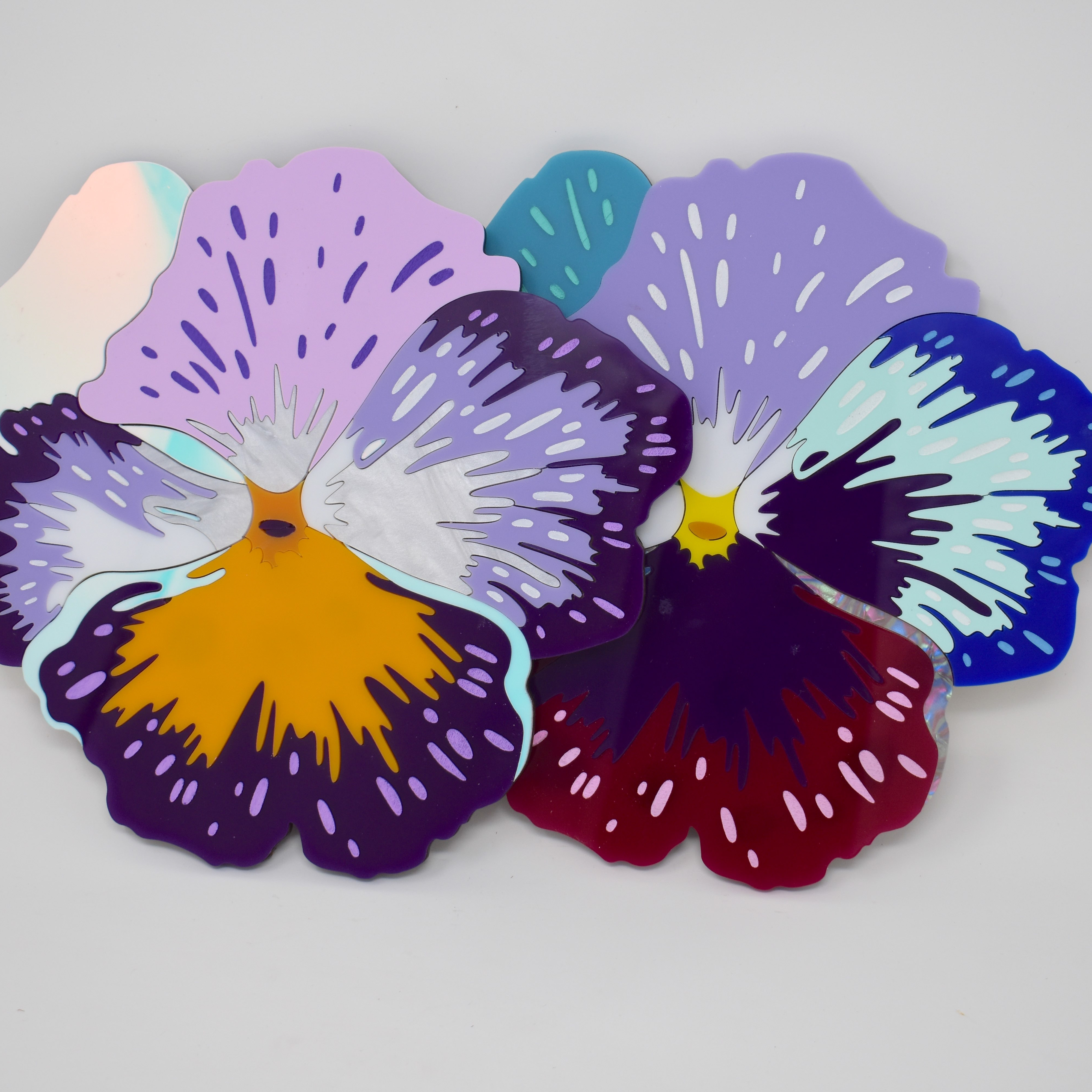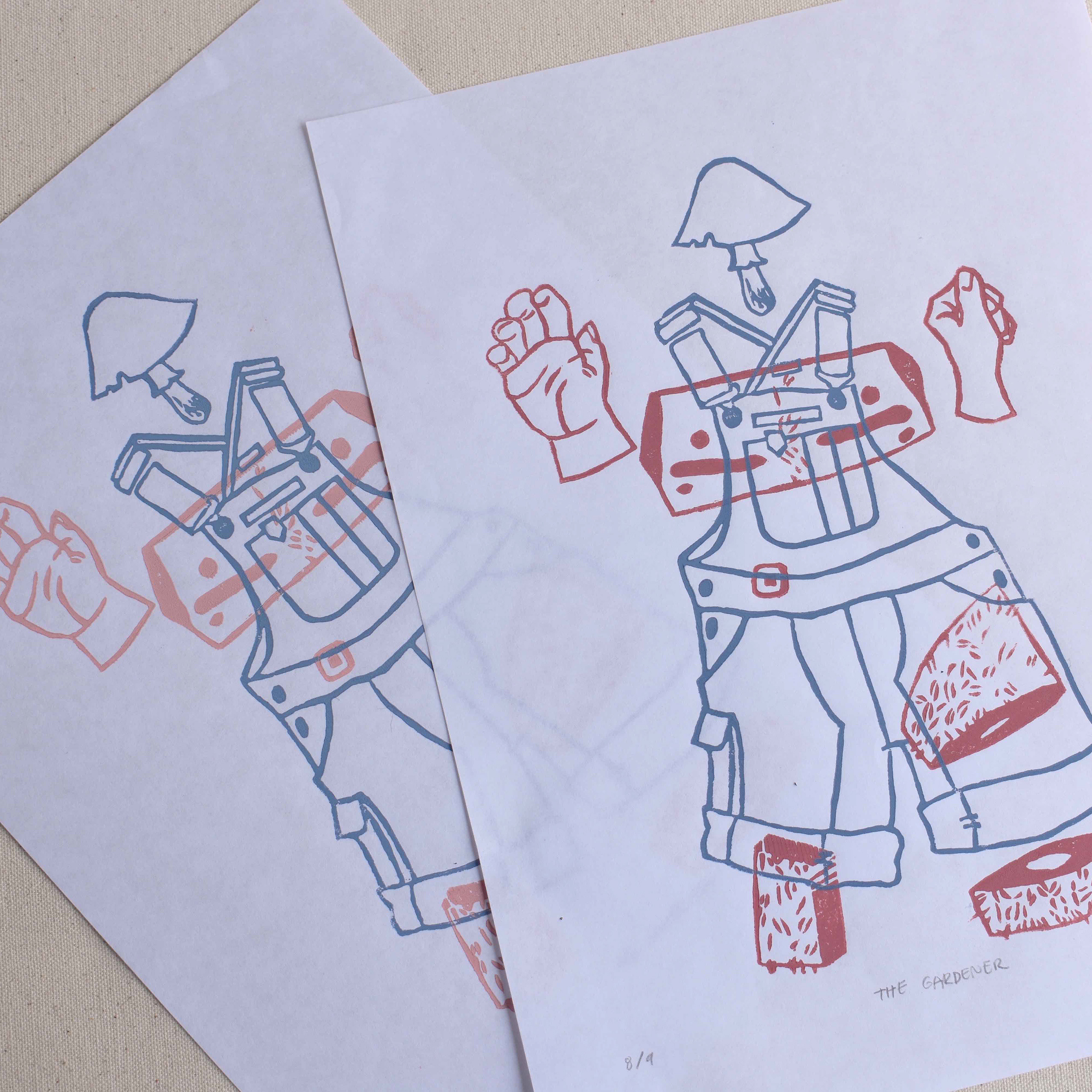In this collection, I have used these symbolically significant flowers and phrases referencing the experience of the LGBTQ+ community in prints on paper, fabric, and laser cut acrylic.
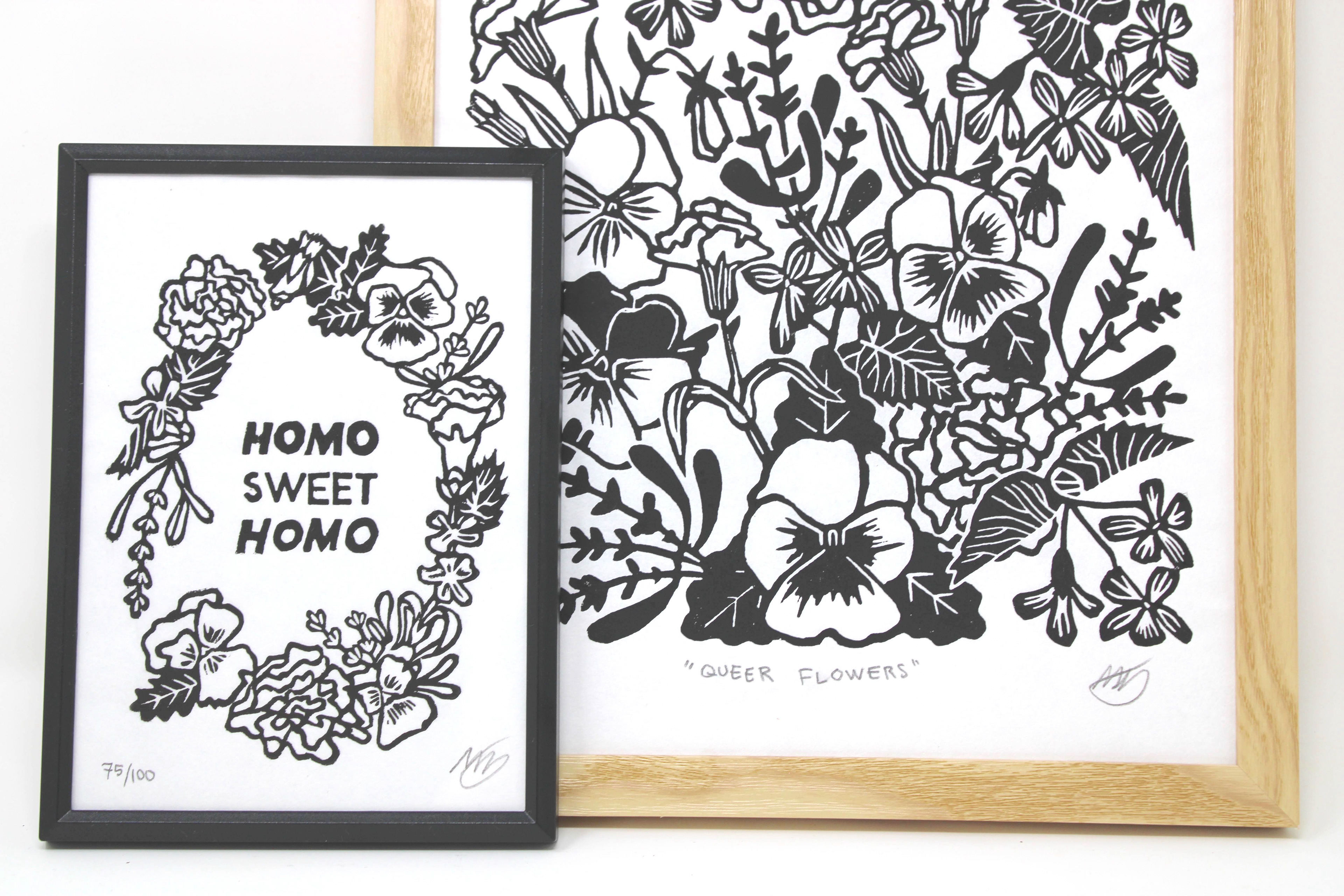

Pansy #3 laser cut wall art, 7 x 7"

Homo Sweet Homo on white paper, 5 x 7"
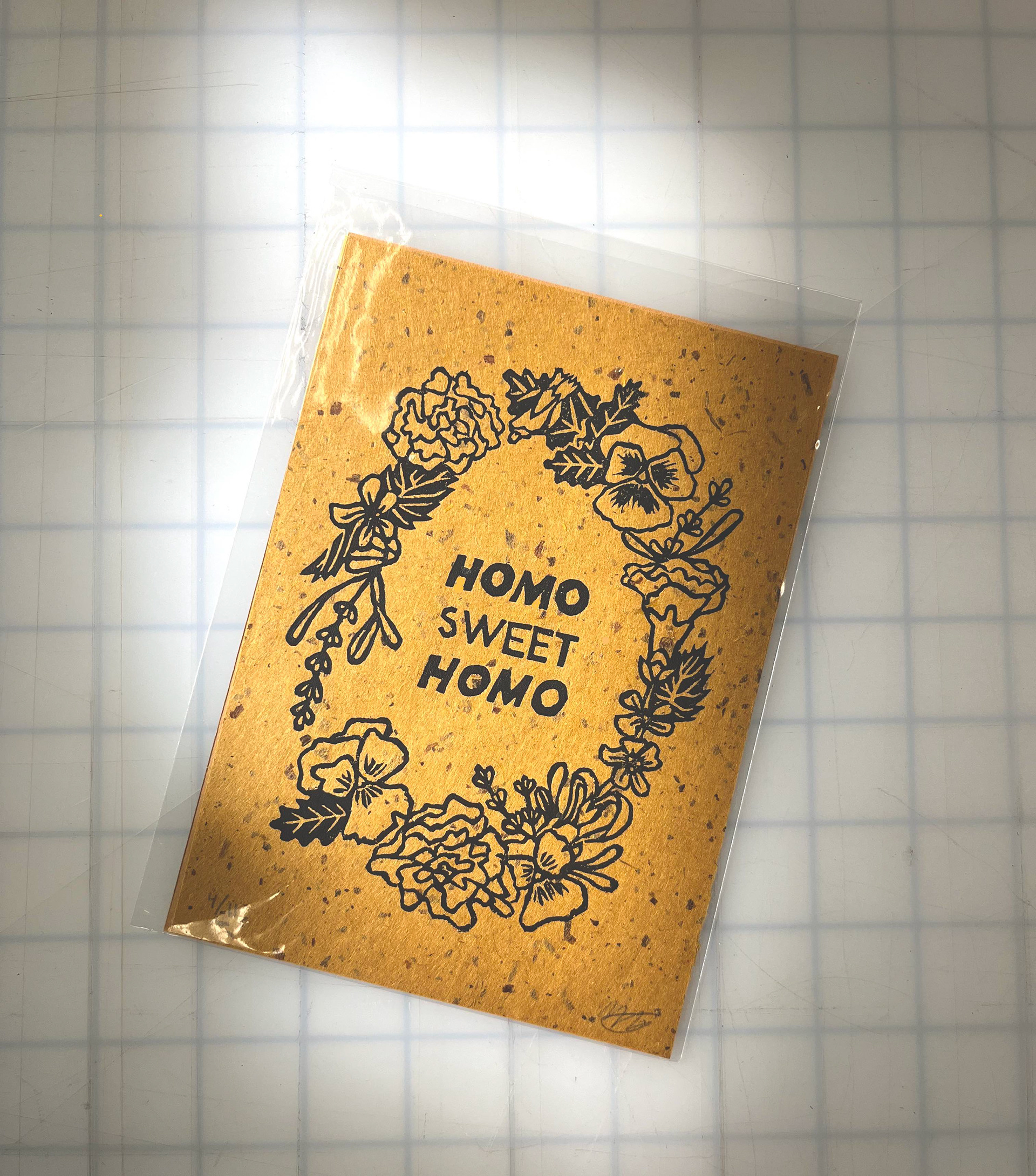
Homo Sweet Homo on amber speckle paper, 5 x 7"

Queer Flowers print, 9 x 12"
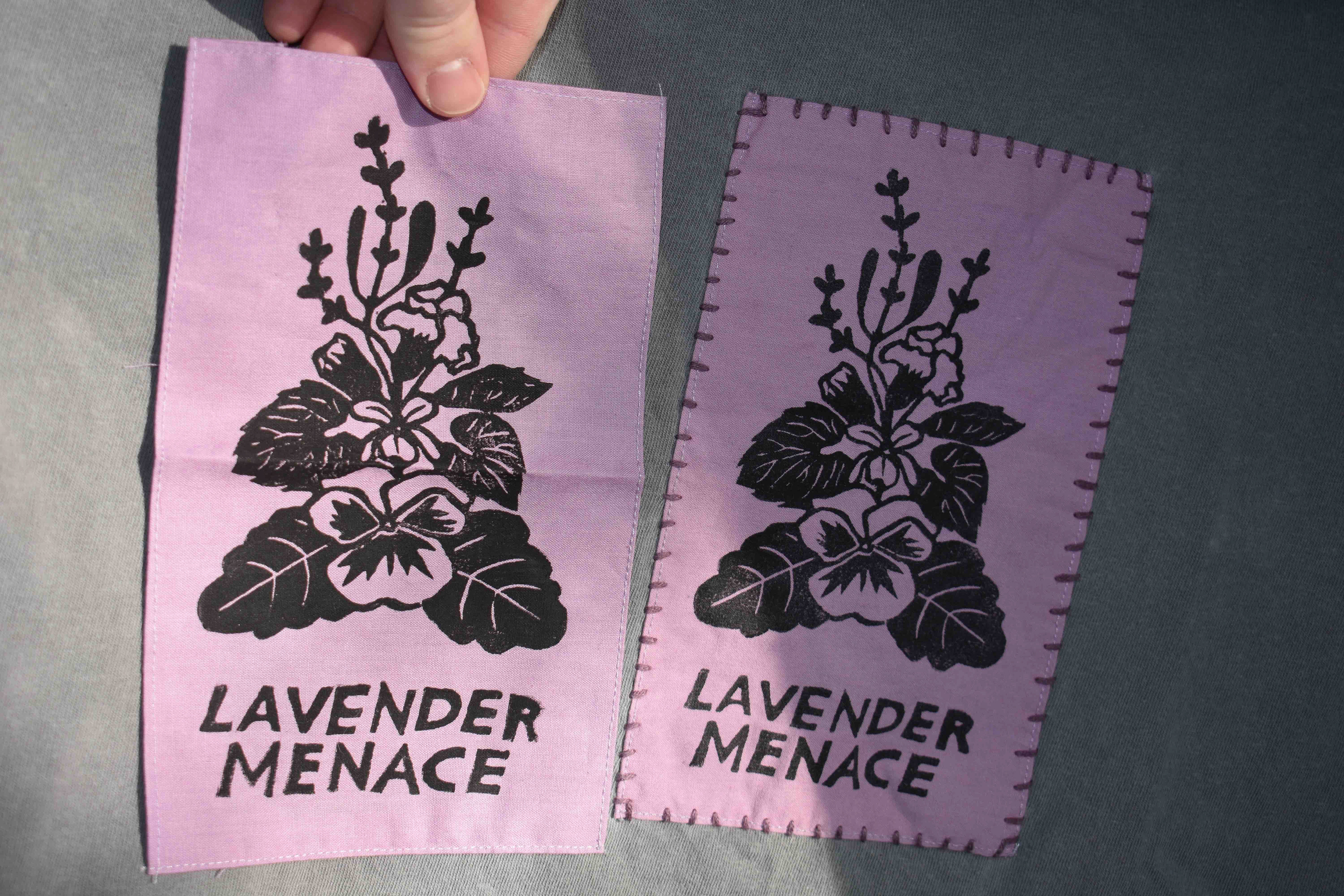

Queer Flowers and Pansy #1
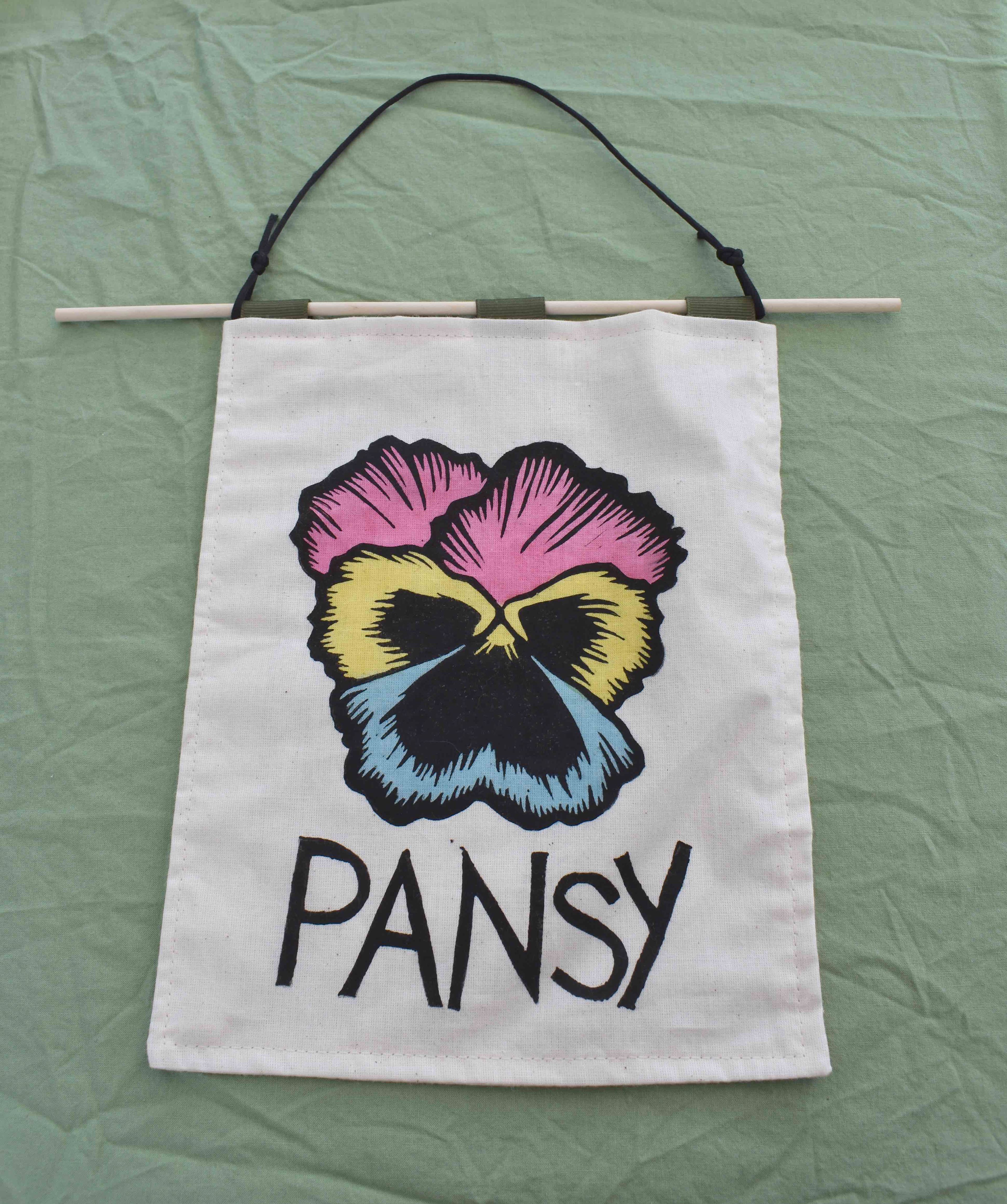
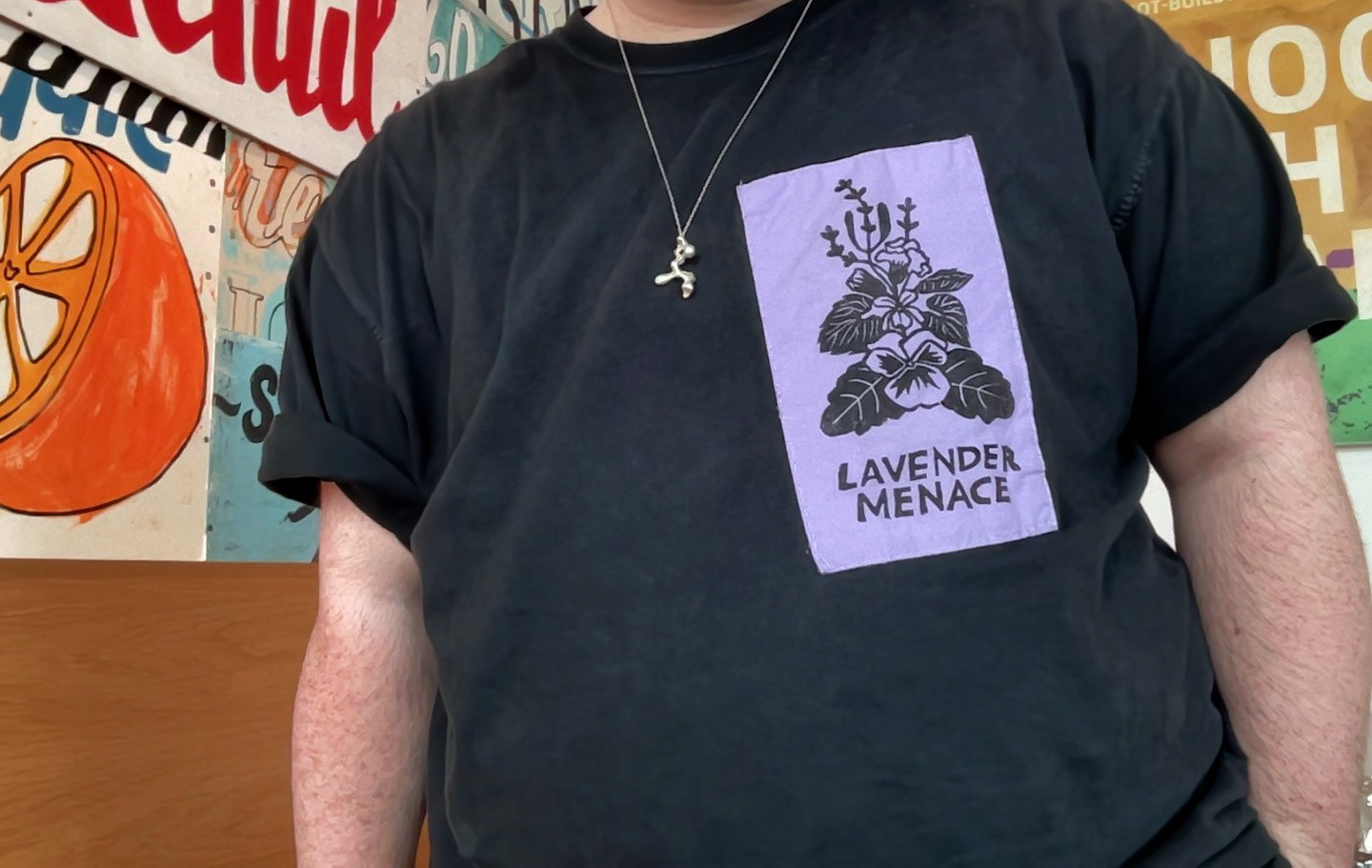
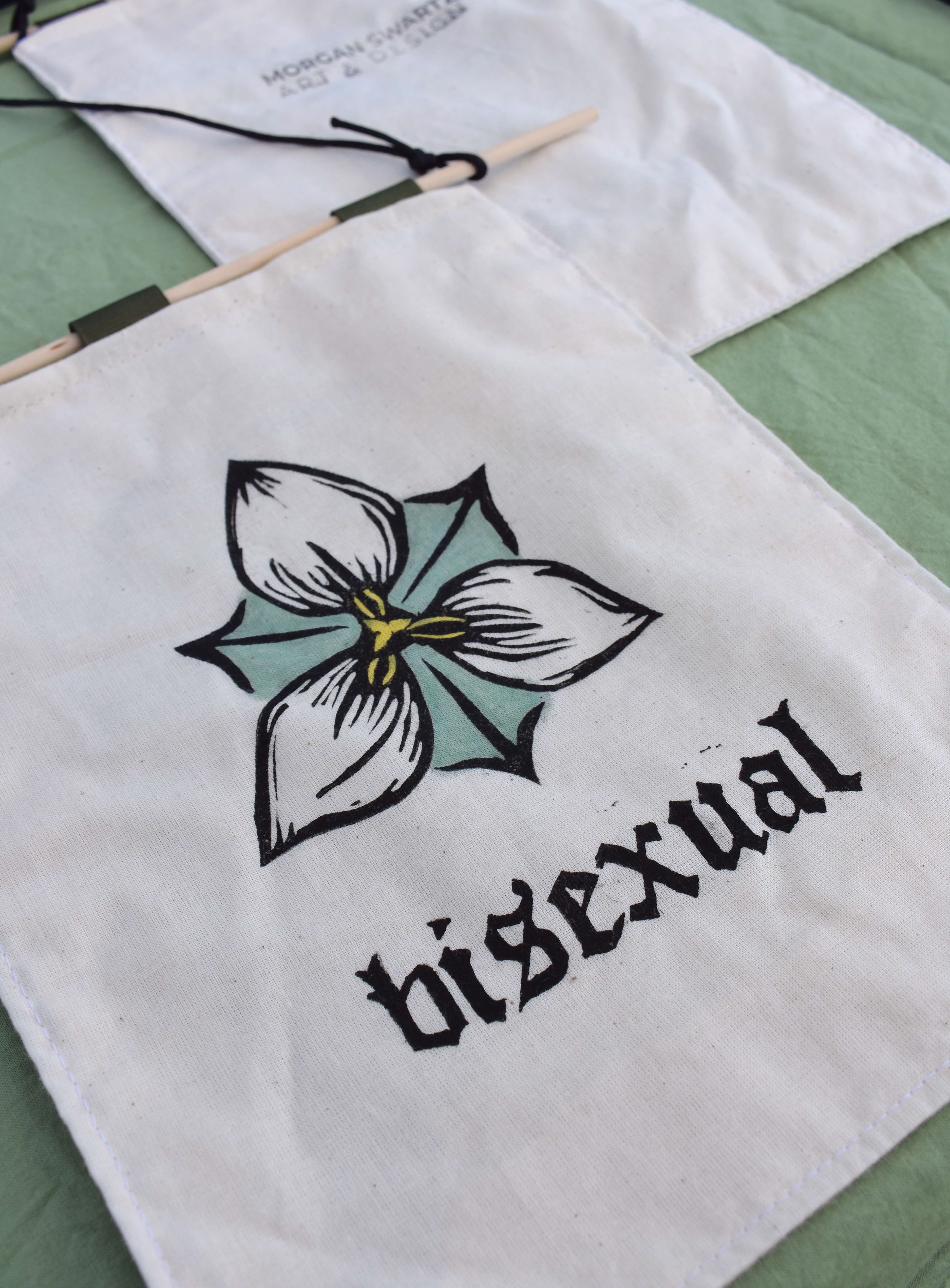
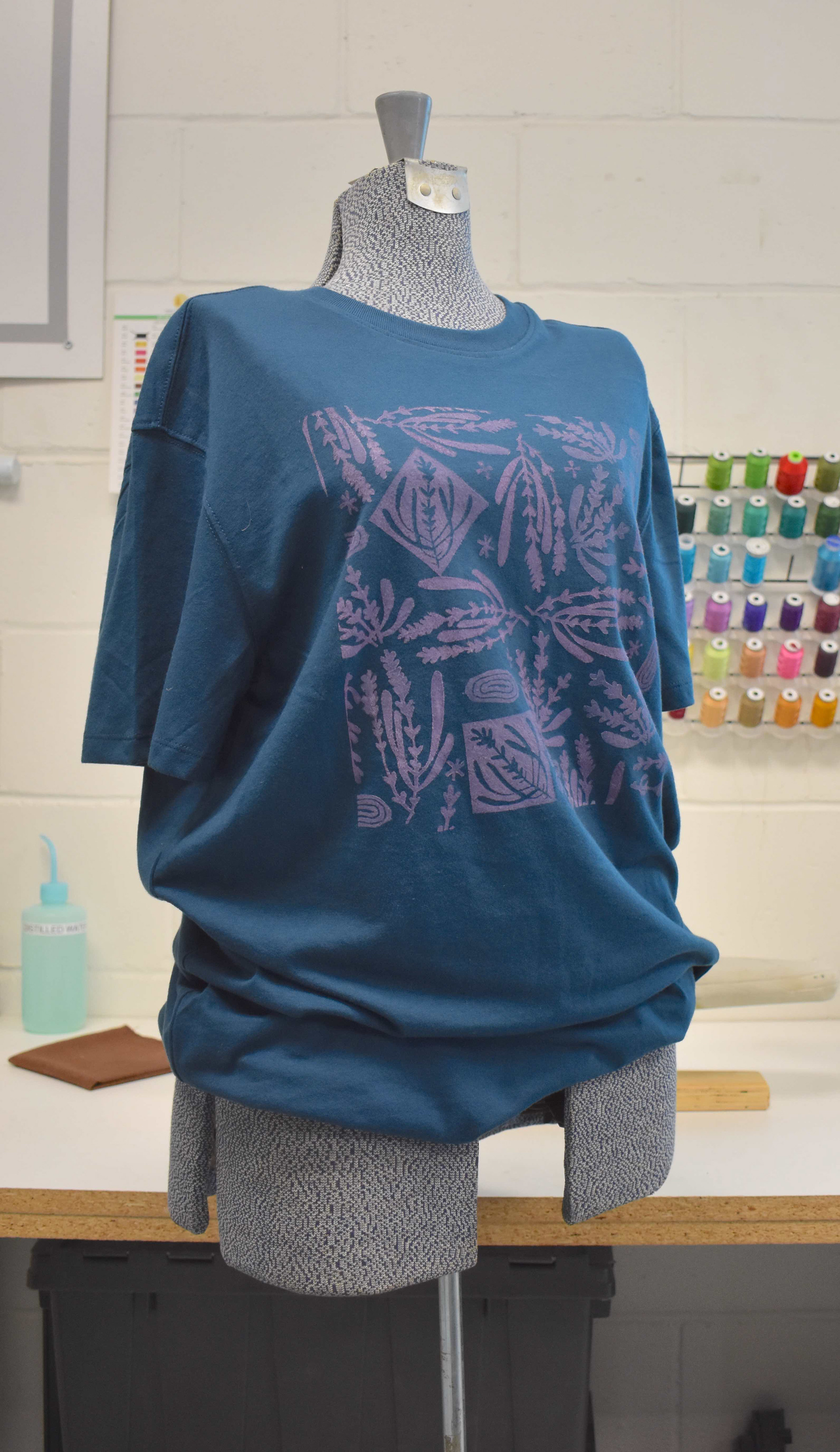
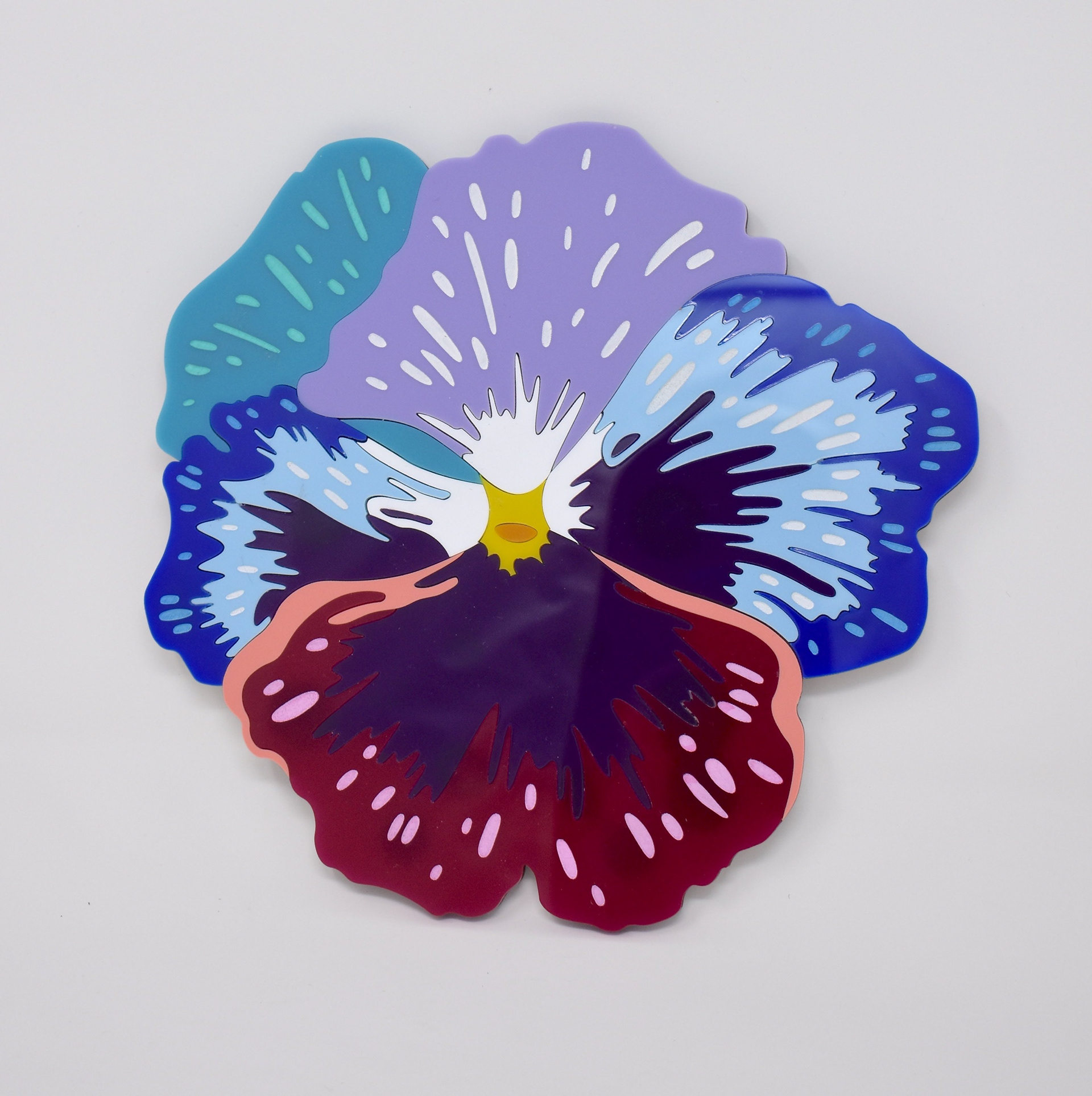
Pansy #1 laser cut wall art, 7 x 7"
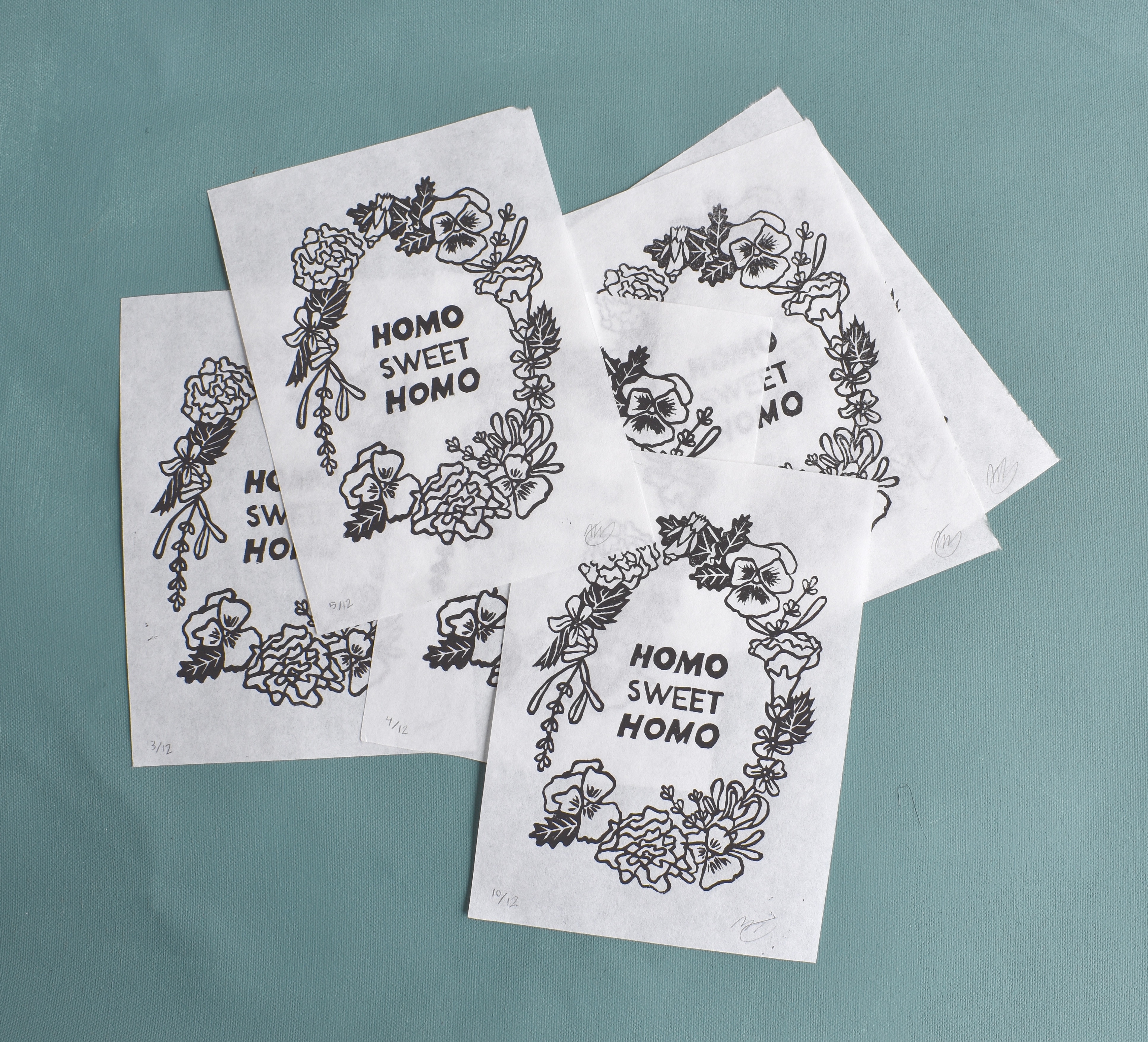
Homo Sweet Homo on white paper, 5 x 7"
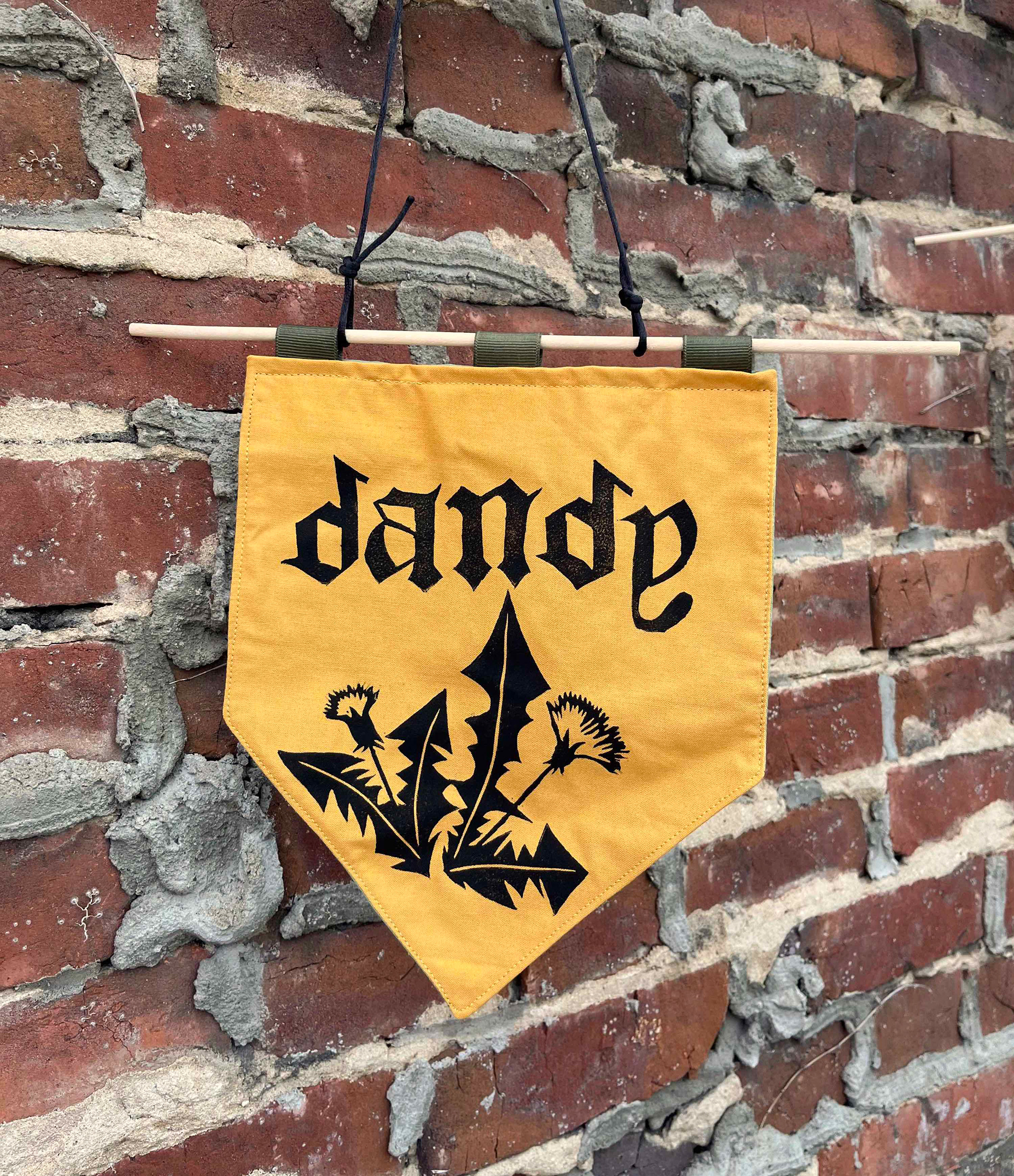
History
Many terms involving flowers were used to describe gay men historically, such as “horticultural lad” and “evening botanist,” but pansy became prominent due to the association with gay men’s flamboyant, colorful dress. “The Pansy Craze” was a term used to describe the increase in popularity of queer-friendly bars in large cities during the 1920’s, when prohibition forced people to be more accepting in order to get illegal drinks.
Green carnations were claimed by the notably gay 19th century writer Oscar Wilde, who asked his friends to wear them on their lapels to the opening of one of his plays in 1892. By association, it became a symbol of male homosexual attraction.
Lavender first emerged as a queer symbol in the 1920’s, when feminine men were labeled to have a “streak of lavender” or as “lavender boys.” The phrase “lavender menace” was used by lesbian feminists who wanted to integrate their struggles into the women’s rights movement in the 1970’s.
The use of violets as a queer symbol originates from the Greek poet Sappho, who was known to write poetry about love between women, where she often used violets in conjunction with lesbian stories.
Trillium has been proposed as a floral symbol for bisexuality because of its scientific classification. It, like other plants in the Liliales order, has both male and female reproductive organs, causing it to be labeled as bisexual or androgynous by ecologists. While this does not correlate to what bisexuality is in humans, it does serve as a fun example of nature not conforming to a biological sexual binary.
designs in this collection
Homo Sweet Homo : linocut print, 5 x 7" on white, amber chiri, and reclaimed map paper
Lavender Menace : cotton patch
Queer Flowers : linocut print, 9 x 12"
Pansy #1 : laser cut acrylic wall art, 7 x 7"
Pansy #3 : laser cut acrylic wall art, 7 x 7"
Trillium Banner
Pansy Banner
Dandy Banner
SOURCES
https://queerstoryfiles.blogspot.com/2012/09/flower-power-for-bisexual-pride-day.html
https://www.grunge.com/879277/the-symbolism-behind-flowers-in-lgbtq-history/




